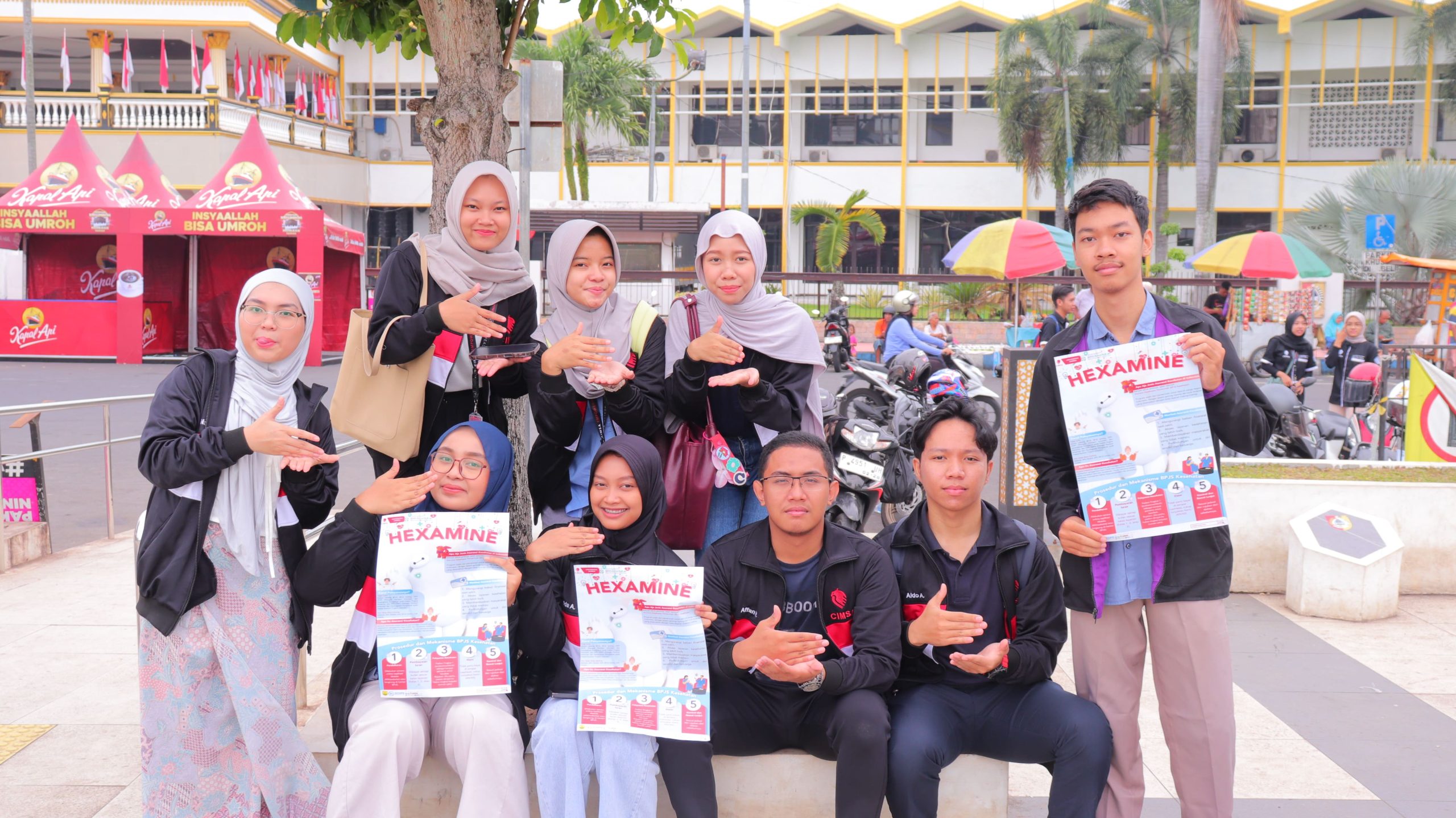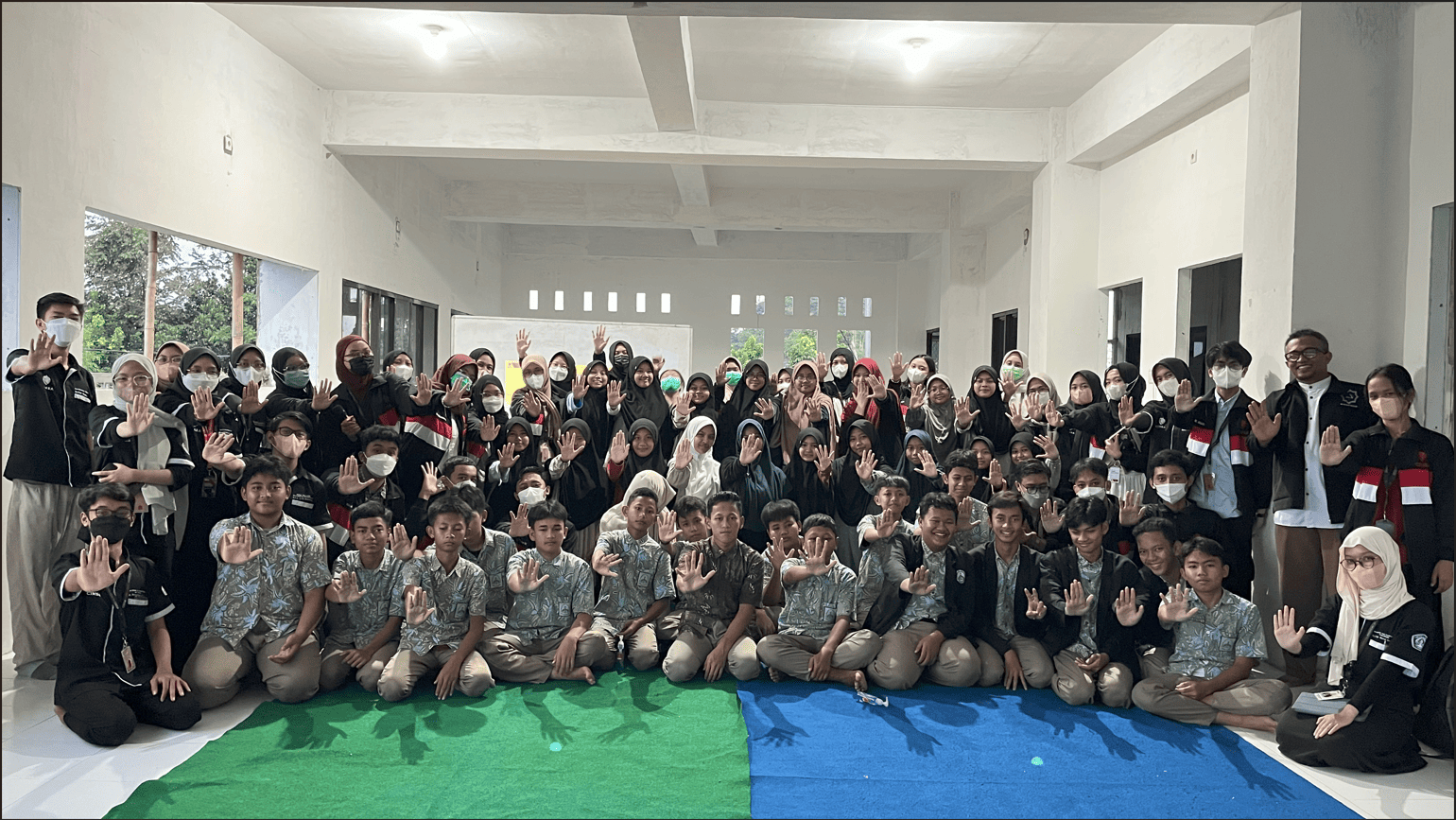
Singapore, with an area of 734.3 square kilometers (smaller than Jember), is located in Southeast Asia, separated from the Johor Strait to the north and the Riau Archipelago to the south. As of January 2024, its population stands at 6.03 million. In terms of health status, Singapore is highly regarded. According to the 2023 Legatum Health Index, Singapore ranks first among 104 countries, ahead of Japan and South Korea. Furthermore, the 2000 WHO Index places Singapore sixth, following Malta, Andorra, San Marino, Italy, and France.
Singapore’s healthcare system offers substantial subsidies to its citizens and permanent residents. It is structured around the “three M’s”: Medisave, Medishield, and Medifund. Medisave is a mandatory savings plan ranging from 7-9.5% of one’s salary, allocated for healthcare needs. Medishield is an additional insurance plan that covers treatments such as dialysis or chemotherapy. Medifund is a government-funded endowment providing financial assistance to those in need.
In contrast, Indonesia established the BPJS (Badan Penyelenggara Jaminan Sosial Kesehatan) which launched the JKN (Jaminan Kesehatan Nasional) in 2014. The JKN aims to support individuals who cannot afford insurance and are not covered by government aid. JKN users must contribute 5% of their salary, with 1% paid by the employee and 4% by the employer.
A significant difference between the two countries’ healthcare systems is the use of “private care” and “public care.” In Singapore, the disparity between private and public care is minimal. While private facilities are slightly better, the gap is not substantial, and affordable private care options are available, such as shared rooms (2-4 people per room). In Indonesia, however, the gap is considerable. Private care typically offers better medical staff and facilities, though not all public hospitals lack quality.
Regarding the distribution of doctors, Singapore has 2.8 doctors per 1,000 people, while Indonesia has only 0.63 doctors per 1,000 people.
In summary, Singapore’s healthcare system, with its extensive subsidies and higher doctor-to-patient ratio, ranks highly in global health indices. Indonesia’s JKN program strives to provide broad coverage, but significant disparities between private and public care remain a challenge.





